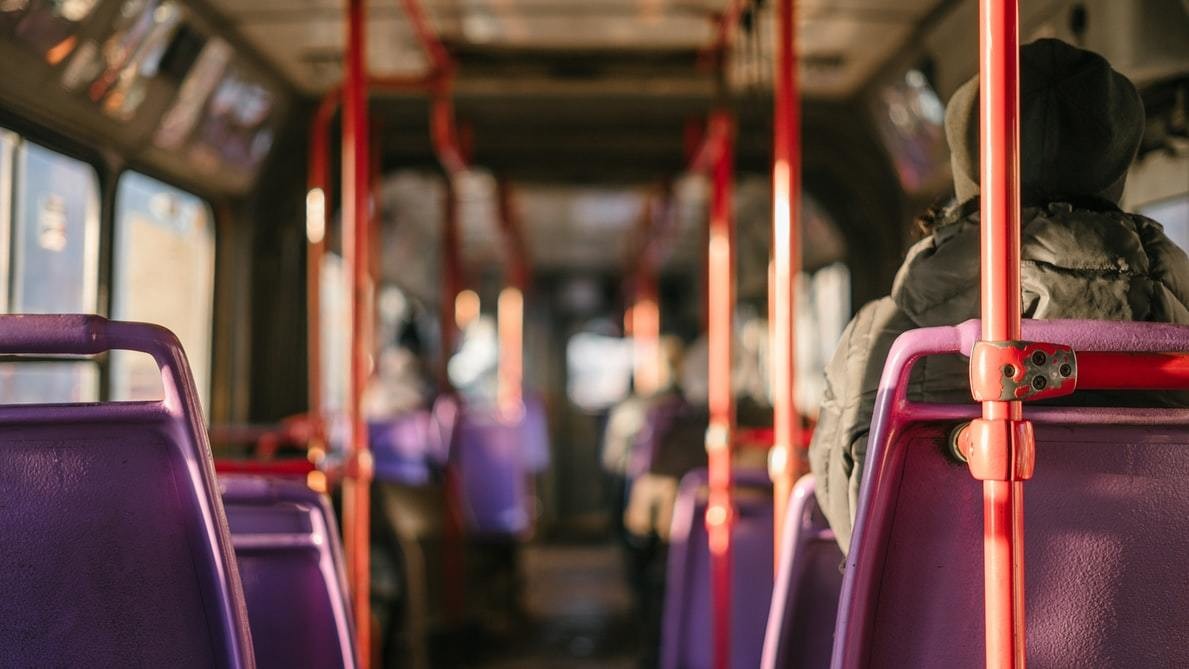Since 2014, the transportation sector has been undergoing massive transformation at the policy level. The need for better infrastructure and alternative transport options has been well recognized by the world. And, we have begun to see its stir in India as well. As the country is eyeing rapid development through Smart Cities and AMRUT Cities, there is a growing need for better transportation. The launching of the SATAT scheme (Sustainable Alternative Towards Affordable Transportation) in 2018 is one such example of mobility-focused planning in India. It is the Government’s initiative to encourage the setting up of Compressed Biogas production plants. Its central idea is to make Compressed Biogas available for use in automobiles.
Transportation Concerns In The Pre-Covid Times
Despite the above-mentioned initiatives, there have been long-prevailing issues in the country’s transport regime. In 2019 alone, India saw 1,51,000 fatalities in road accidents. This alarming figure has been increasing every year by an average of 43%. The increasing cost of public transport is a concern for the country’s poor. Traveling outstation has become expensive considering the highly-priced tickets. Alongside, the unavailability of public transport in remote areas is a pressing issue. People have to walk long distances to access public transport vehicles.
Walkability concerns for pedestrian traffic in urban sprawls are massive. There isn’t enough room for both vehicles and people to run through the road. More so, India is topping the charts for vehicle-induced pollution. In urban metropolises such as Delhi, the air quality is declining to uninhabitable levels. Supporting a multi-modal transport system and promoting transit-oriented development with technology is becoming a high-priority business. Using digital technology will help speed up the public transportation sector.
How Covid-19 Is Impacting Transportation
With the onset of Covid-19, new concerns have been brought to the forefront. Social distancing norms and contact-less travel have become top priorities during the process of reinventing transportation. The post covid travel is seeing a unique pattern of mobility. There is a reduction in the use of public transport to as much as 25% of its full capacity. This has increased the waiting time for public transport vehicles. Also, there is a steep decline in the daily turnover of public transportation.
Owing to prevalent social distancing norms, there is an increased dependency on private transport/personal vehicles. The individualization of transport has been a huge setback for the public transport sector. And although the government has undertaken initiatives for Digital India, there exists a huge scope for digitization in the transport sector. The web portals are not designed to handle peak-hour traffic. The prevailing systems are slow and need better programming to function.
But on the brighter side, the pandemic norms coupled with the lack of adequate public transportation has increased pedestrian traffic. The need to build immunity has encouraged people to consider walking as a physical exercise.
In an attempt to standardize and implement various technology-driven transportation strategies, committees are being set up by empaneling Urban Designers and Transportation Planners. The National Urban Transport Policy is coining ideas to create a self-reliant transport system for the country.
How Can Public Transport Be Redefined
Infrastructure planning of the future must provide for an integrated approach towards pedestrian and vehicular traffic. For instance, the “Begin Again” Mission by Maharashtra Government encourages its citizens to take up cycling as a form of physical exercise. If pushed the right way, this could further accelerate into an initiative that urges people to extensively use a cycle for a commute.
Based on such new-age policies and their applications, the future of public transport in India can shape in the following manner:

Promoting Walking and Cycling
Ever since the covid outbreak, people have dropped the habit of using vehicles for traveling walkable distances. As the population is getting more concerned about their health, walking is the simplest form of exercise they resort to. Even cycling is gaining popularity amongst the millennials. Thus, we could see a change at the macro-level plan of road networks in the country. The roads will be inclusive of designated sidewalks and cycling lanes to bifurcate the traffic. This will also immensely help in curbing road accidents. Building a road infrastructure that better connects the remote places will also help the natives.
Sustainable Transportation
Switching gears to sustainable resources are going to be the prime focus. Providing affordable E-vehicle solutions will encourage people to buy them. The Central Government’s FAME II scheme provides for a subsidy to bring down the cost difference between EVs and ICE vehicles. Promoting sustainability will also help to bring down the pollution levels in the country. Making use of renewable fuels will help in decarbonizing transport. The idea of a net-zero carbon footprint will be propagated. By creating a green label standard for public vehicles, India can restore its people’s interest in public transport.
Technology-Driven Commute

The transport sector will see a shift to the digital medium for clerical activities. Leveraging technologies such as IoT, AI, Cloud, and Data Analytics will improve operational efficiency. Ticket bookings, payments, receipts, and challans will be generated virtually. The systems will be upgraded to handle the webpage traffic. Making the tedious process simpler and direct would be the approach for the way forward. Mobile applications to generate travel QR codes would also be developed. This will make way for a secluded yet connected world that ensures public security. The lack of human contact will also ensure resilience.
Planning for Mass Rapid Transport System
Every metropolitan needs to have a strong Mass Rapid Transport System (MRTS). It is essentially a well-connected transport system that connects the city and its suburbs through a network of rail and road. The Metro-1 Versova-Andheri-Ghatkopar (VAG) corridor in Mumbai is a solid example of such connectivity. Even Smart Cities are vouching for this because of the great connectivity it offers. Designing the MRTS integrated with technology will ensure that the system is being designed for future needs.
Elevating India’s public transport is the need of the hour. Having an intelligent system in place will ensure seamless and speedy travel. The Covid-19 outbreak has opened up a new facet of development for the transportation industry. It is making the policymakers and designers think beyond the regular and create something sustainable. Thus, the future certainly holds a promising face of public transport in the post-covid era.
Sources:
- DigiTech Conclave 2.0: Reimagining public transportation in post covid world
- Decarbonising Transport: Redefining Mobility Policies in India
- Reimagining the future of Mumbai’s mobility post-COVID-19
- Rethinking India’s public transport after the COVID-19 lockdown is over
- Why should travel demand management be considered for cities and regions in a post-COVID world?
- Sustainable Alternative Towards Affordable Transportation
Disclaimer: The information contained herein have been compiled or arrived at, based upon information obtained in good faith from sources believed to be reliable. The opinions expressed within the content are solely the author’s and and can be subject to change. The image featured in this article is only for illustration purposes. If you wish the article to be removed or edited, please send an email to editor@biltrax.com
Discover more from Biltrax Media, A Biltrax Group venture
Subscribe to get the latest posts sent to your email.






















